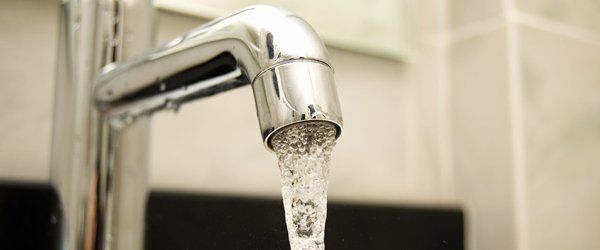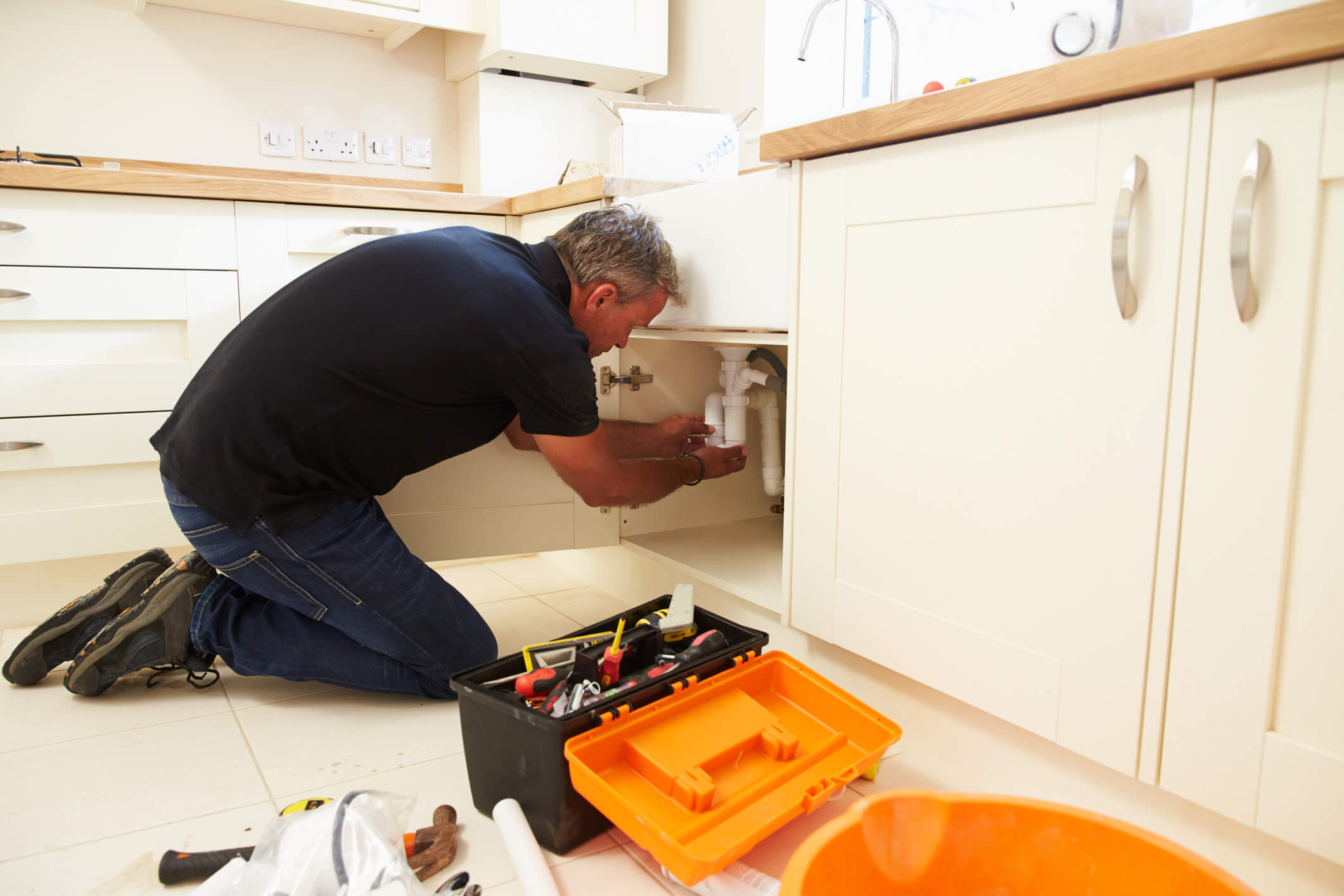Just how do you actually feel on the subject of Plumbing Maintenance and Repair in your Rental Property?

Taking care of pipes problems in rental properties effectively is critical for keeping tenant satisfaction and protecting the property's worth. Whether you're a property owner or a building manager, knowing just how to address these usual problems can save you money and time while making certain compliance with legal obligations. Below's a detailed overview on just how to handle plumbing problems in rental buildings.
Document Whatever
Maintain in-depth documents of all reported pipes issues and the actions taken to fix them. Paperwork must consist of days, summaries of the trouble, communication with tenants, and invoices from service providers or plumbers. This information can be important for insurance coverage cases, tax obligation deductions, and legal security.
Use Qualified Professionals
Always utilize certified and insured experts for considerable plumbing repair work and setups. This guarantees that the work is up to code and can help prevent obligation issues in case of accidents or further damages. It additionally comforts lessees that fixings are being taken care of skillfully.
Develop Clear Communication
Encourage tenants to report any kind of pipes problems as soon as they occur. Provide numerous communication channels such as phone, e-mail, or a lessee site to make it simple for them to reach out. Trigger reactions to these reports can protect against small issues from intensifying into significant troubles.
Inform Tenants
Enlighten your occupants regarding what constitutes a pipes emergency situation and what does not. Offer standards on exactly how to deal with minor concerns themselves, such as utilizing a plunger to unblock a bathroom. Also, educate them regarding what they should stay clear of putting down drains pipes to avoid clogs, such as oil, coffee grounds, and non-biodegradable items.
Routine Upkeep
Apply a routine maintenance routine for all pipes systems in your leasing buildings. Regular checks can help determine and solve concerns like leakages, slow drains, or corroded pipes before they end up being severe. Take into consideration working with a professional plumbing to examine the residential properties each year or semi-annually.
Quick Feedback to Emergencies
Have a plan in position for reacting to pipes emergency situations. This must consist of having the get in touch with details of trusted pipes solutions that use 24/7 emergency situation fixings. Quick activity is vital to lessen damages in circumstances like burst pipes or severe leaks.
Preventive Upgrades
Consider upgrading older pipes systems and fixtures to a lot more contemporary, efficient models. This can reduce the regularity and extent of pipes problems and lower long-term upkeep prices. It's likewise a selling point for potential lessees that value upgrades and contemporary features.
Tenant Move-Out Inspections
Conduct thorough pipes checks throughout move-out evaluations to ensure that any concerns are determined and resolved before a new renter relocate. This stops disagreements with brand-new lessees over pre-existing conditions and ensures the home remains in top problem.
Understand Legal Obligations
Understand your lawful duties regarding plumbing and basic property upkeep. Most jurisdictions need proprietors to ensure their residential properties are habitable which all plumbing systems are in good working order. Failure to resolve serious concerns promptly can bring about lawsuits from occupants.
Occupant Reimbursements
If a pipes concern needs immediate interest and the occupant fixes the issue by themselves, have a clear plan in position for compensating costs. Make certain lessees understand they ought to obtain previous approval for higher-cost repair work unless it's an absolute emergency situation.
Conclusion
Taking care of pipes issues in rental buildings requires a positive strategy and excellent communication with tenants. By remaining on top of upkeep, responding immediately to emergency situations, and using competent experts, proprietors can maintain their buildings in superb condition and preserve excellent partnerships with occupants.
How to Handle Water Damage in a Rental Property
What is Water Damage?
Water damage is harm or destruction caused by water entering areas where it is not supposed to be. It can be caused by a variety of sources and can manifest in different ways. The most common examples of water damage include:
Leaking roof Plumbing leaks Appliance malfunctions Poor drainage Flooding Sewage backup Condensation Tenant negligence HVAC system issues Frozen pipes Is water damage dangerous?
Water damage itself is not inherently dangerous, but it can lead to various hazards and health risks if not promptly and properly addressed. The severity of these risks depends on the extent of the water damage, the source of the water, and how quickly it is mitigated.
Some potential dangers associated with water damage include structural damage, mold and bacterial growth, electrical hazards, water contamination, and pest infestations. In situations where mold and mildew have gone unaddressed, mold can start to develop within 24-48 hours of water exposure, and this can impose a serious health risk to tenants. In particular, mold spores and damp conditions can lead to respiratory issues and even make existing health problems worse, such as allergies, asthma, or immune disorders.
Water Damage in an Apartment - Who is Responsible?
If the water damage is caused by the tenant’s negligence, the tenant is responsible for the cost of repairs. If the water damage is caused by a defect in the property, the landlord is responsible for the cost of repairs. If the water damage is a result of natural causes, such as excessive rain, then the landlord is responsible, since the water intrusion likely occurred due to a defect in the property. Landlord Responsibility water damage in rental property
Since maintaining habitability is the landlord’s legal responsibility, landlords are responsible for any resulting structural damage caused by water damage. These structural damages may include damage to walls, roofs, ceilings, and flooring. If water damage has affected the rental property’s original structure, the landlord is responsible for repairing or replacing those materials. Therefore, landlords should have property insurance that covers the structural components of their rental property so that they can receive help with the costs of covered events.
Preventative measures can also help landlords avoid massive renovations. Preventative maintenance may include conducting regular inspections to identify and address potential water damage before it becomes a major and urgent problem.
If a landlord fails to meet their responsibilities regarding water damage, it can lead to legal disputes and potential liability. Tenants who believe their landlord is not addressing water damage issues in accordance with California law can seek legal advice or contact local housing authorities for assistance.
https://www.goodlifemgmt.com/blog/water-damage-in-a-rental-property/

Do you like reading about 10 Common Rental Property Repairs? Make feedback further down. We'd be glad to hear your opinions about this post. We are looking forward to see you back again in the near future. Enjoyed our content? Please share it. Help other people discover it. Many thanks for being here. Don't forget to check up our website back soon.